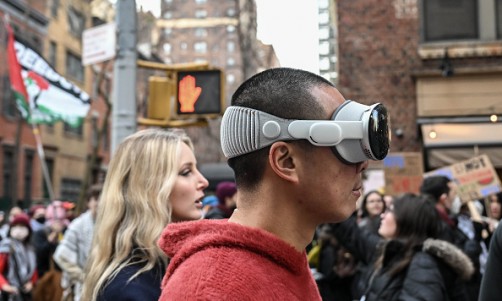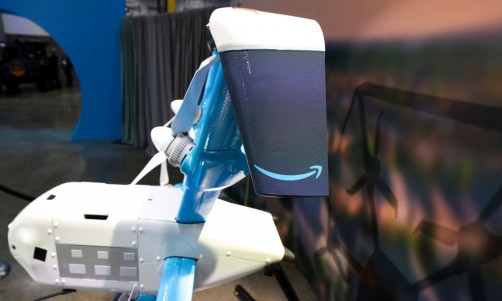Since Google acquired the company Nest with its smoke detector, thermostat, and Dropcam connected security cameras, not much has been heard about the Internet of Things (IoT) from the giant American high-tech company.
However, in May this situation came to an end and the company announced at the Google I/O developer's conference the Android-based Brillo operating system. At the same event, Google also announced the protocol Weave that will allow Brillo-enabled devices to communicate with each other.
According to Google, in the third quarter we can expect a developer preview of Brillo. A developer preview of Wave will come later in the fourth quarter. Google chose the name Brillo as it's a "scrubbed" version of Android. Google envision the idea of a "smart home" controlled by Android devices that communicate to each other and have also access to cloud servers.
The Brillo operating system for the Internet of Things is basically a stripped-down version of Android designed for battery-powered devices in IoT applications. For this kind of applications, according to Google, the 500+ Mbyte required by a full Android version would be too large. Brillo supports Bluetooth Low Energy, Wi-Fi, and most of other Android features.
The weave is a common cross-platform protocol designed for IoT connected devices. Weave can run atop an existing protocol stack or Brillo and Weave can be used together. Any Brillo-enabled tablet, smartphone or another device will be able to control devices from any manufacturer that chooses to use Weave.
The Weave protocol was actually developed by Nest and is very similar to the Thread protocol used by the latest Nest devices. However, Brillion and Weave development is now being conducted by Google.
Both Brillo and Weave will provide strong security features, as this will be an essential aspect in every IoT scenario. Brillo eliminates many of the issues developers have to deal with such as lower-level hardware functions and updates. There are also some similarities to Apple's HomeKit introduced as part of iOS 8. A voice interface feature will allow users to talk to their Brillo-connected devices.
The HomeKit uses Apple's Siri digital assistant to allow users controlling various devices in their home. It has been already adopted by some manufacturers of products like dimmers, light bulbs and home controllers.














